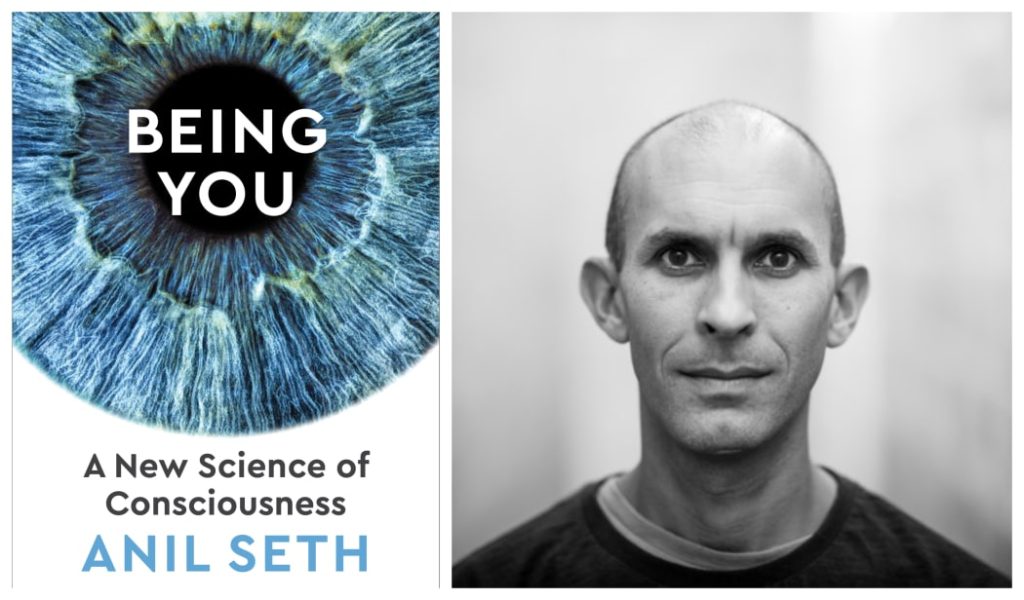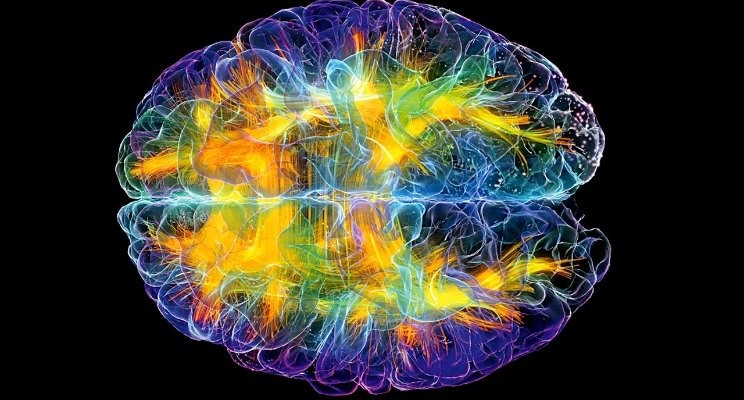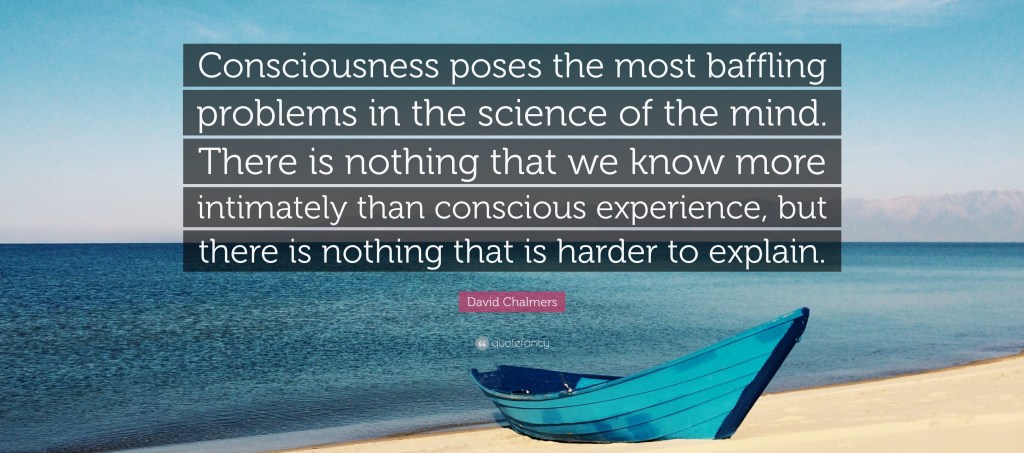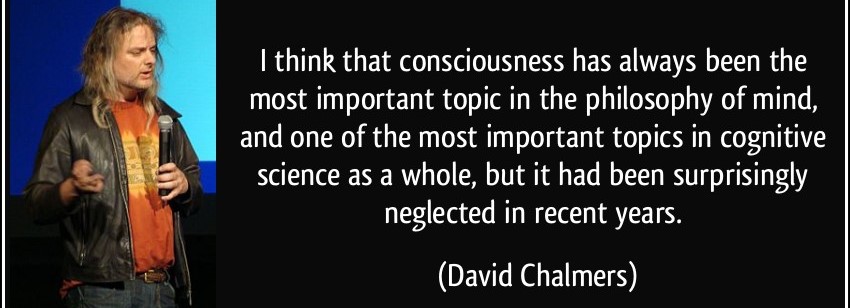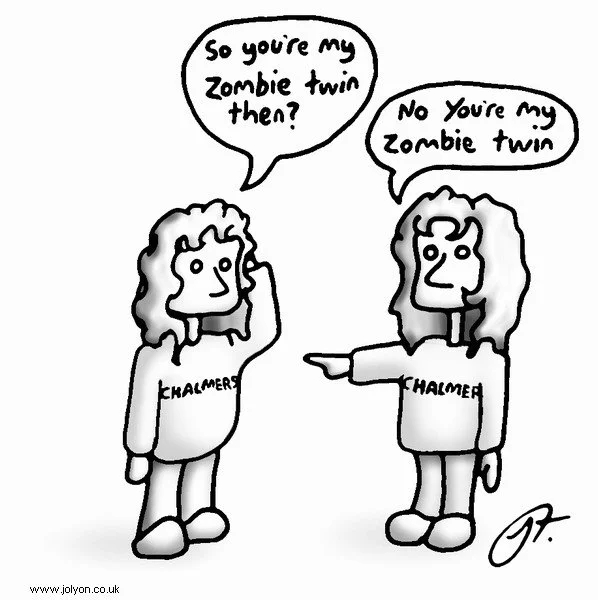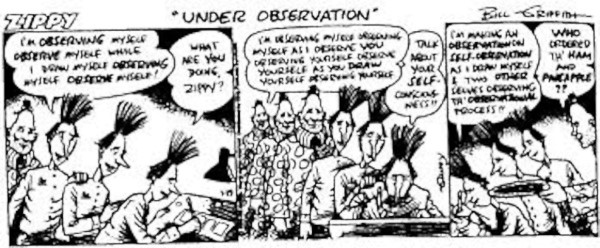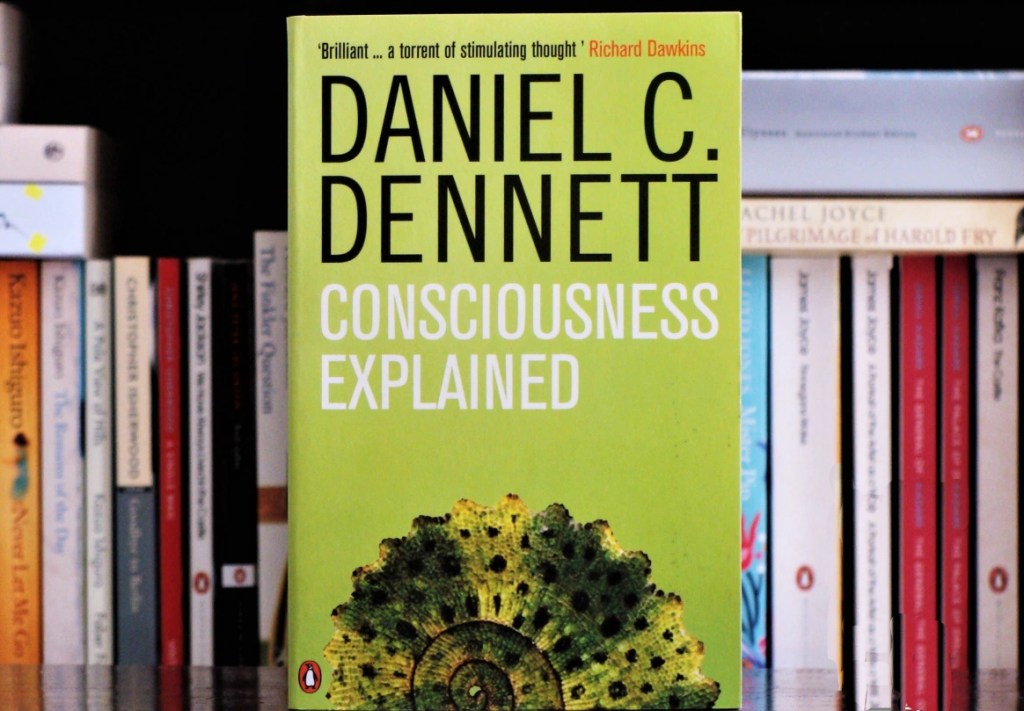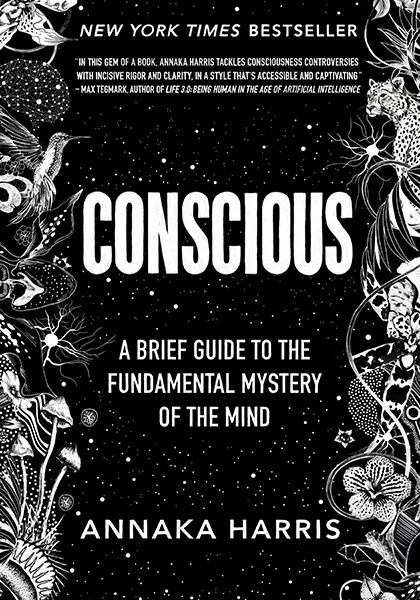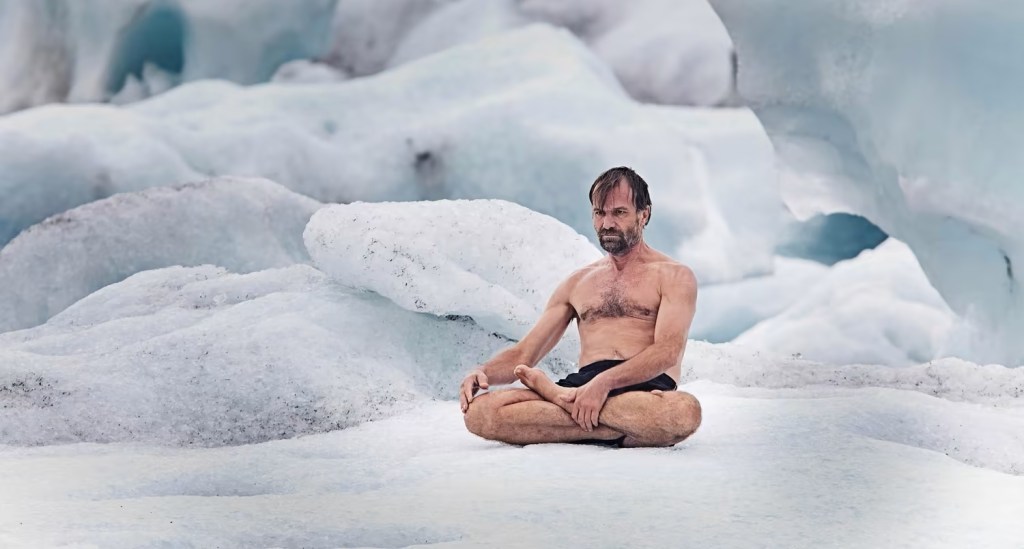“Free will is an illusion so convincing that people simply refuse to believe we don’t have it.” Jerry A. Coyne (Professor of Evolution and Ecology) commenting on Sam Harris’s book Free Will. An Australian Professor Daniel Stojar is an example of the many people who simply refuse to believe we don’t have free will, saying “It seems as obvious as anything that we have free will. ….. We are free to move our finger. That is neither determined nor random — it’s a choice we can feel in our bones.”

How universal is this belief that we have free will in the ordinary sense, not in the philosopher’s compatibilist sense?
The general public
Surveys of lay public views on free will have been difficult to interpret because of differences and limitations in how the researchers conceptualized and thought about free will. For example, Nahmias and co-authors (2005) carried out a study in which they presented what they saw as a deterministic scenario and asked respondents if the person acted of their own free will. Most say yes, and they interpret this to mean people think free will is compatible with determinism. I think the simpler explanation is that they think people act with free will (in the ordinary sense) even when they are told to consider a scenario in which a computer can predict the act. In fact, some people explicitly rejected that the computer could predict and had to be told to assume it would. But many probably thought that and didn’t make an explicit objection.
Recent research provides clear cross-cultural evidence that a majority of the lay public believe in free will in the ordinary sense – that we are the conscious authors of our own choices. Sarkassian et al (2010) found that subjects from the United States, Hong Kong, India and Colombia exhibited a surprising degree of cross-cultural convergence in belief in free will. An online survey of adults in the USA and Singapore found that 82% of US respondents believed in free will and 85% in Singapore. Other studies have found that few lay people appear to conceptualize free will in the compatibilist sense.
The fact that the Christian religion explicitly requires free will to justify the concepts of sin and eternal punishment, and that the majority of people in Western countries have this Christian cultural background at minimum, means that almost certainly the term free will is not interpreted in a compatibilist way by most people in countries with a Christian history and probably those with predominantly Muslim culture.
Philosophers
David Bourget and David Chalmers surveyed 1,972 philosophy faculty members at 99 institutions and received results from 931 of them. Most of the universities were in English-speaking countries and in other countries were chosen for strength in analytic philosophy. Before getting to free will, I note that they found 73% of philosophers were atheists and 56.5% were physicalists re the mind.
The survey found that 59% of philosophers were compatibilists, 14% libertarians, 12% thought there was no free will, and 15% had other views. As libertarians believe in free will in the normal sense, and compatibilists do not, this means that 71% of philosophers do not believe in free will (in the ordinary sense) and only 14% do. For the sake of figures that add to 100%, I will assume that the 15% “other views” split in the same proportions between free will and no free will, so that overall 84% of philosophers do not believe in free will in the ordinary sense, and 16% do.
Scientists
Following publication of an article on free will, Scientific American conducted a reader poll and found that 59% of the 4,672 respondents endorsed the idea that free will existed and 41% thought that it didn’t. This is clearly a self-selecting sample of readers of Scientific American, who I would assume to be more determinist than the average person and so have a lower percentage believing in free will. From the respondent comments, it seemed clear to me that most people were interpreting free will in the normal sense not the compatibilist sense.
As noted in my previous post, Einstein did not believe in free will. Other scientists, eminent and not eminent, who have concluded that we do not have free will include evolutionary biologists Charles Darwin and Jerry Coyne, physicist Stephen Hawking, the psychologists Steven Pinker and Paul Bloom, and neuroscientists Wolf Singer, Chris Frith, Anil Seth and Sam Harris. Indeed, a number of philosophers have publicly complained about all these upstart scientists who pontificate on free will without any understanding of the lengthy debates that philosophers have had.
However, its probably not the case that scientists in general do not think we have free will. Some look for chinks in the determinist view in the unpredictability of complex chaotic systems or the unpredictability of quantum events. Roger Penrose is a prominent example of the latter. And many, not given to introspection or meditation simply do not question their felt experience.
Graffin and Provine (2007) carried out a survey of 149 eminent evolutionary biologists on their beliefs about free will and religion. Their questionnaire offered evolutionary scientists only two choices on the question about human free will: A, all organisms are locally determined by heredity and environment, but humans still possess free will; B, all organisms are locally determined by heredity and environment, and humans have no free will. To the authors’ surprise, 79 percent of the respondents chose option A for this question, indicating their belief that people have free will despite being determined by heredity and environment. Only 14 percent chose no free will, and 7 percent did not answer the question.
They considered whether the respondents who chose option A were thinking of free will as choice in the compatibilist sense, but noted that this view was not mentioned in the interviews with selected respondents or in the many comments generated by the free will question.
One of the authors had been polling his undergraduate evolution class each year on belief in free will. He found that year after year, 90% or more favoured the idea of human free will for a very specific reason: They think that if people make choices, they have free will. The professional debate about free will has moved far from this position, because what counts is whether the choice is free or determined, not whether human beings make choices. People and animals both certainly choose constantly. Comments from the eminent biologists suggest that they were equating human choice and human free will. In other words, although eminent, the respondents had not thought about free will much beyond the students in introductory evolution classes.
Free will and moral responsibility
Sam Harris discusses in some detail the issue of how belief or lack of belief in free will affects people’s judgements of moral responsibility and impacts decisions about penalties and punishments by society. He makes the point that a person remains responsible for their acts whether or not they have free will, and that society should impose appropriate consequences for a number of reasons: to deter such acts in future, to protect society from dangerous people, to compensate others for harm incurred. What would be different is that there would no longer be a justification for punishment as retribution for making a wrong choice. All of this struck me as sensible and, like Harris, I think that we would be better off as a society in eliminating retributive punishment for the sake of retribution alone.
Last week I was discussing free will with a friend who said that he had also come to the conclusion that free will was an illusion. He had explained this to his teenage children who responded that in that case they no longer had to do their homework. I was quite puzzled about this reaction, it made no sense to me at all except as a typical teenage response of seeking to use anything they could think of to try to avoid unpleasant activities. But logically, I could not see why ceasing to believe in free will would lead you to stop doing things you had been doing up till then.
In do a review of the empirical literature on free will belief, I discovered a large body of research which has shown that changing a person’s belief in free will does result in behavioural change. Studies using deterministic arguments to undermine people’s belief in free will have led to a number of negative outcomes including increased cheating and aggression. It has also been linked to worse job performance, a reduction in helping behaviours and lowered feelings of gratitude. As with my anecdote about children and homework, I have trouble understanding why this would happen.
One strand of explanation looks at belief in free will as necessary to supply the requisite motivation to maintain a strong sense of ethical duty and responsibility ( an argument made by Smilansky here). Others assume that people decide if there is no free will “they cannot be held accountable, no one’s to blame, and everything’s permitted, right?” Which of course, does not follow at all.
Both these proposed explanations would apply only to people for whom the threat of punishment or the promise of reward are primary determining factors for actions. These are people at stage 1 of Kohlberg’s stages of moral development. People at stage 2 and stage 3 of moral development would not change their behaviour if they ceased to believe they had free will.
A third interpretation of people changing behaviour when they cease to think they have free will is that they are confusing determinism with fatalism. That what will happen will happen and their choice of action will make no difference to the result. Again, this is a completely incoherent reaction.
A number of philosophers such as Daniel Dennett and Saul Smilansky have concluded that, in Smilansky’s words “We cannot afford for people to internalize the truth” about free will”. Smilansky is convinced that free will does not exist in the traditional sense—and that it would be very bad if most people realized this. He argues that the fact that free will is an illusion is something that should be kept within the ivory tower.
Nietzsche called free will “a theologians’ artifice” that permits us to “judge and punish.” And many thinkers have believed, as Smilansky does, that institutions of judgment and punishment are necessary if we are to avoid a fall into barbarism. Like Harris, I think that relinquishing a belief in free will in the ordinary way could allow society should move away from barbaric and ineffective punishments based on retribution, in favour of evidence-based penalties and other responses which protect society, deter bad behaviour and maximise rehabilitation.
Its difficult not to conclude that free will is a concept with religious roots that should have been discarded ages ago. Accepting this would also free us from hatred. Blaming people makes us angry and vengeful, and that clouds our judgment. Harris’s book makes this argument in more detail as does a 2016 article in The Atlantic.
The philosophers however are probably right in thinking that the illusion of free will is so strong that there is really not much need to worry about possible negative consequences of people seeing that it is an illusion. The general population in most countries has a long way to go before most adults are beyond Kohlberg Level 1 or 2 morality.




